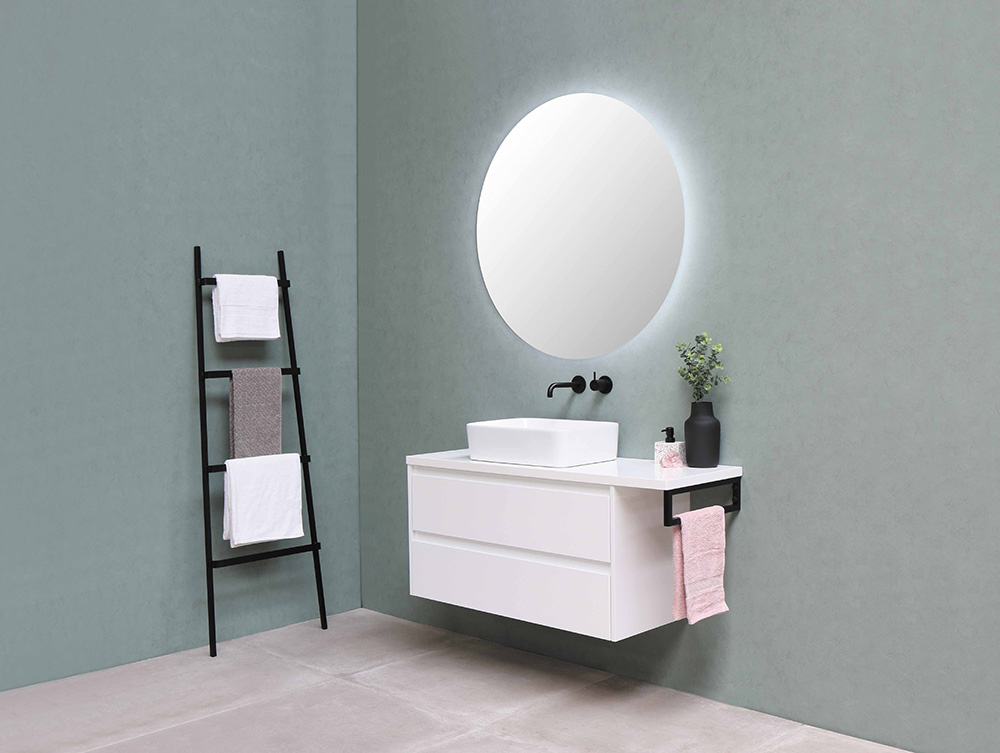
A company selling bathroom fixtures had asked us to manufacture the toilet seats for them. Together we worked with the company to come up with a design that the company approved of and then proceeded to make the mold for the toilet seat. The customers wanted the toilet seat to be visually appealing and have high tensile strength. Next we were to select the material to be used based on the customers requirements.
First, we used Polypropylene (PP) with Talc. Talc is a filler that when added to PP would greatly enhance the stiffness, impact strength, creep and chemical resistance. PP with Talc was commonly used to manufacture household appliances, medical devices and engineering plastics. However, after fabricating the toilet seating using this material we found that the toilet seat was not very visually appealing as it was dull and not shiny and it also had a low tensile strength. The Quality Assurance (QA) team tested the strength of the toilet seat cover by subjecting it to human strength where one of the QA members attempted to bend the toilet seat cover as much as they could. The PP with Talc failed the test as they managed to break the toilet seat cover.
We then moved onto a different material known as Polypropylene copolymer (PP copo) SM340 which is usually used in automotive parts, battery casing, appliances and house-wares. This material has a superior balance of properties with good crack and impact resistance. We then proceeded with our second attempt and fabricated the toilet seat using PP Copo SM340. Compared to using the PP with Talc, the appearance of this toilet seat cover was much more shiny. However the tensile strength was still not high enough when subjected to the same strength test as before. Once again we continued to search for a better alternative.
Finally, we used Polypropylene homopolymer (PP Homo) 6631. PP Homo and PP Copo have very similar applications and properties but PP Homo has high strength to weight ratio and is stiffer and stronger. The appearance of the toilet seat cover fabricated using PP Homo was as shiny as the PP Copo and had a high tensile strength as well. The QA team attempted to break the toilet seat cover again using their own human strength but failed. They then went on to put a 300kg mold on top of the toilet seat cover to see if it would break but the toilet seat cover remained intact. We had finally found the perfect material to manufacture the toilet seat cover.